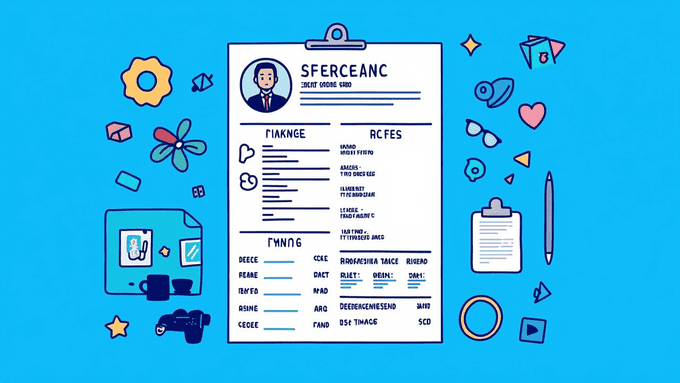30-Second Resume Rule: Enhancing Your Job Hunt

Understanding the 30-Second Resume Rule
The 30-second resume rule is a pivotal concept for job seekers, suggesting that hiring managers typically decide whether to interview a candidate within the first 30 seconds of scanning their resume. This brief period is crucial, as statistics show that a significant number of recruiters reject candidates without even finishing their review. Therefore, it's essential to make a strong impression quickly.
30-Second vs. 10-Second Resume Rule
Both the 30-second and 10-second resume rules highlight the limited time hiring managers spend on each resume. The 10-second rule pertains to the initial skim to determine if the resume is worth further consideration, focusing on the resume's length, headline, and template. The 30-second rule involves a deeper look at the resume's content, such as work experience, skills, and formatting.
Applying the 30-Second Resume Rule
Here are the steps to effectively apply the 30-second resume rule:
Step 1: Reader's Perspective
Craft your resume from the hiring manager's point of view. Consider what they value: a clear format, relevant work experience, and specific skills. Using a reverse-chronological format is often the most effective.
Step 2: Strong Start
Begin your resume with a compelling summary or objective that conveys your value and suitability for the role. Tailor this section to highlight your achievements and career goals.
Step 3: Personalization
Customize your resume for each job application by aligning it with the job description's requirements. This ensures your resume reflects the specific qualifications and keywords the employer is seeking.
Step 4: Specificity
Avoid vague statements; instead, provide concrete details that demonstrate your capabilities. Quantify your achievements with specific numbers and use precise job titles and industry terms.
Step 5: Transferable Skills
Highlight transferable skills that can be applied across different jobs and industries. These are particularly important for career changers or graduates with limited experience.
Step 6: Relevant Content
Include only content that is directly related to the position. Select experiences, skills, and achievements that best align with the job requirements, and omit irrelevant information.
Step 7: Anticipate Questions
Address potential concerns the hiring manager might have about your application. Proactively explain any gaps in employment or career changes, and highlight transferable skills and relevant training.
Step 8: Resume Aesthetics
Ensure your resume is visually appealing and easy to read. Use white space, set appropriate margins, opt for bullet points, choose a professional font, maintain consistent formatting, and add clear section headers.
Key Takeaways
To summarize, the 30-second resume rule emphasizes the need for a strong, customized, and specific resume that addresses the hiring manager's concerns within a brief time frame. By following these steps, you can create a resume that stands out and increases your chances of landing an interview.
Feel free to use our professional resume builder to implement these strategies and secure that coveted interview.